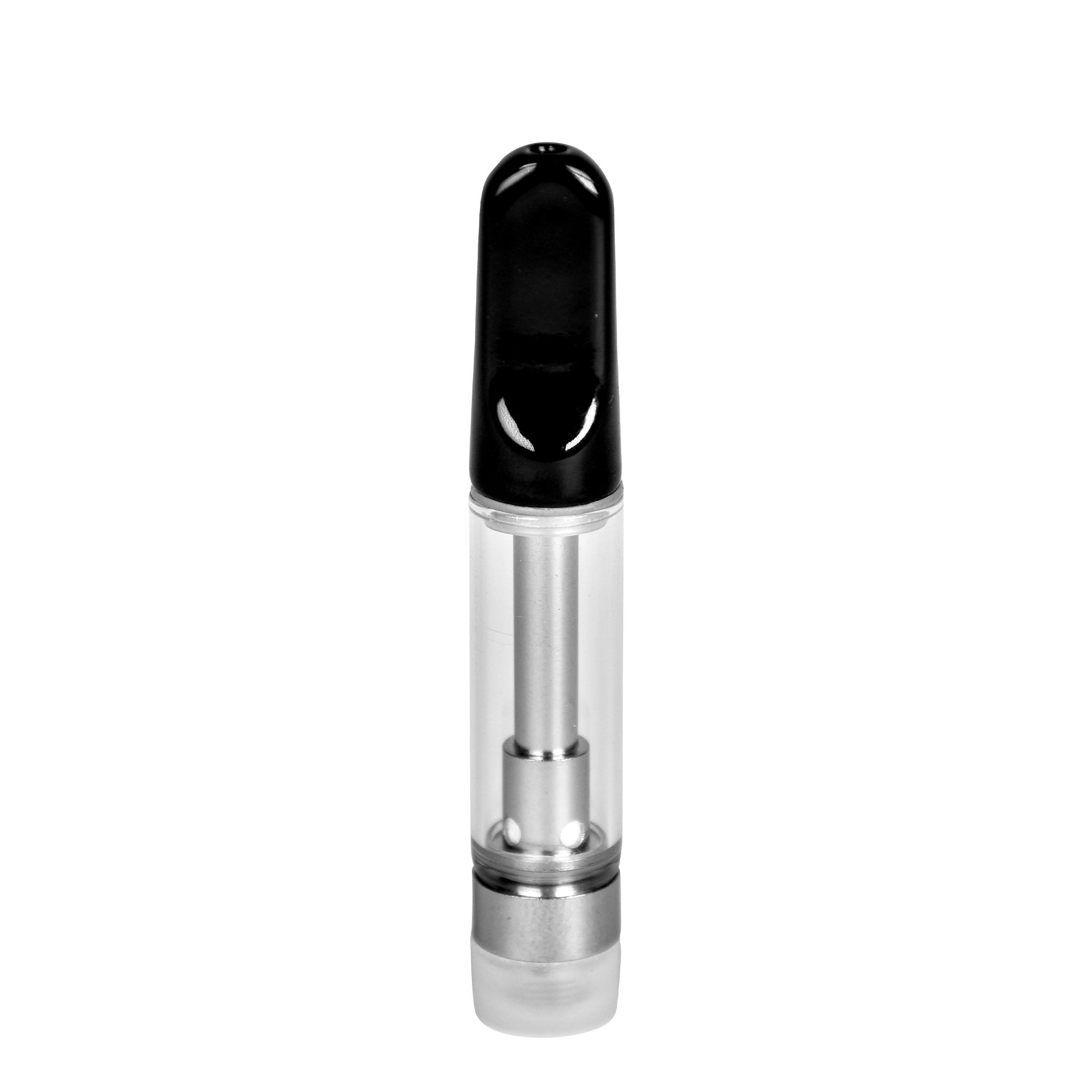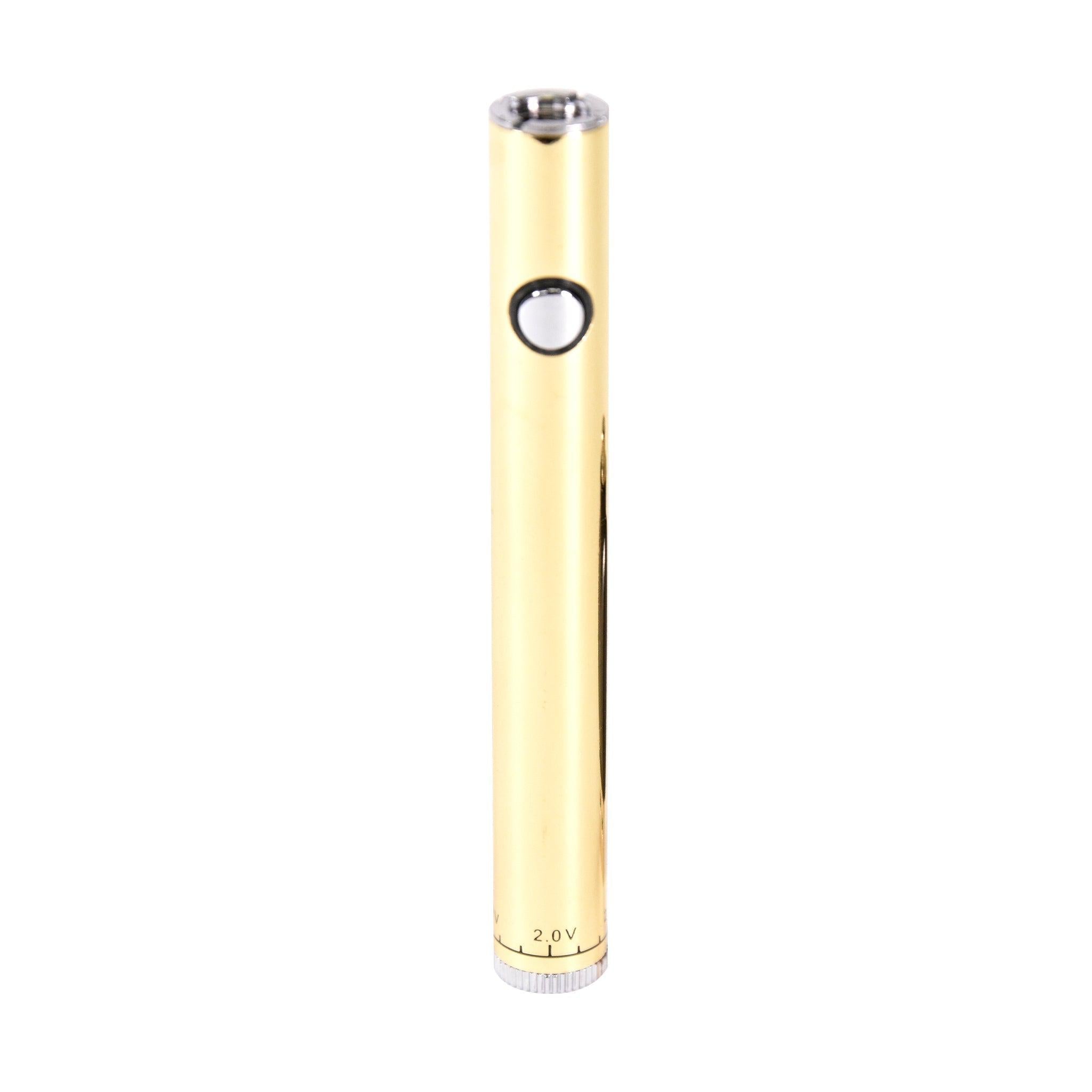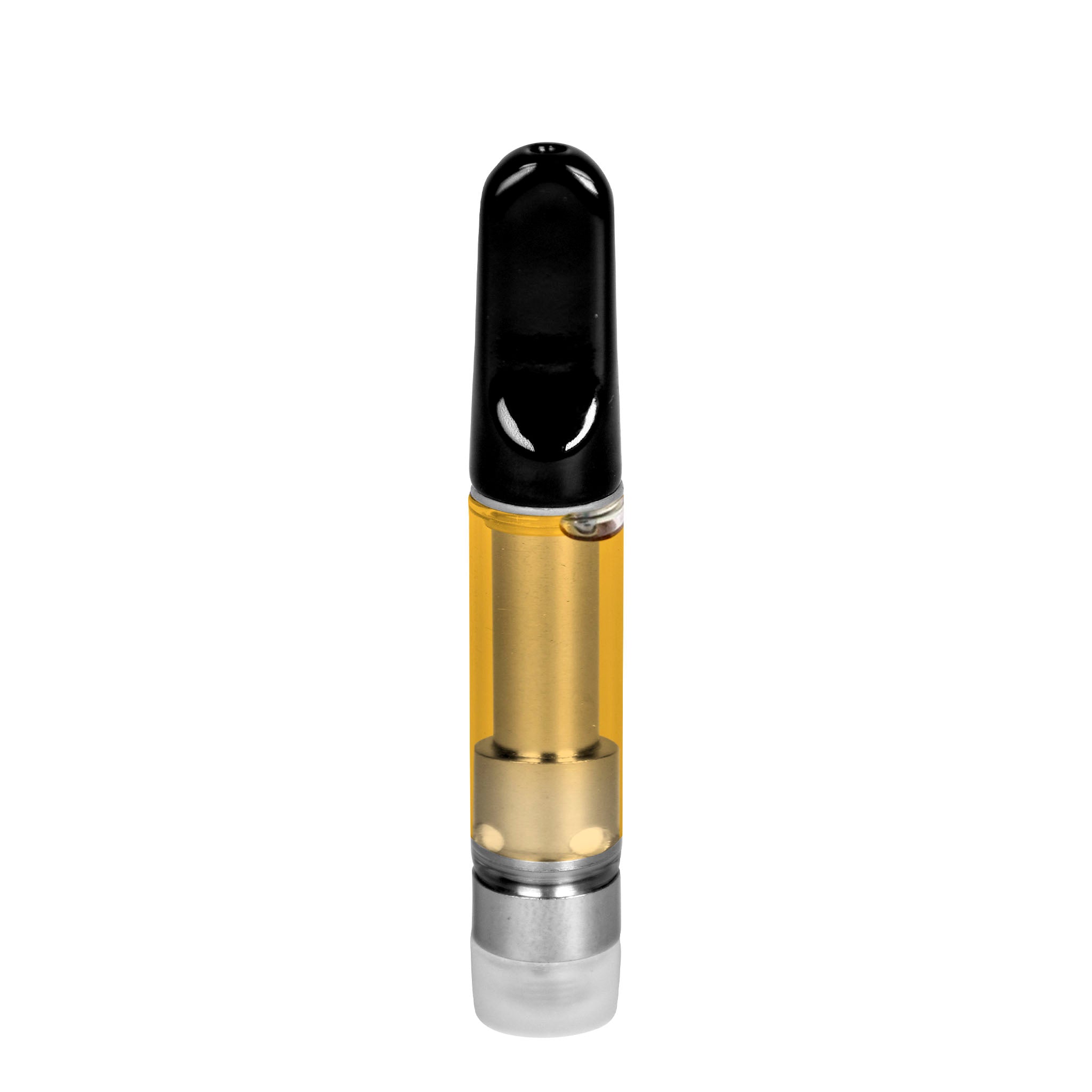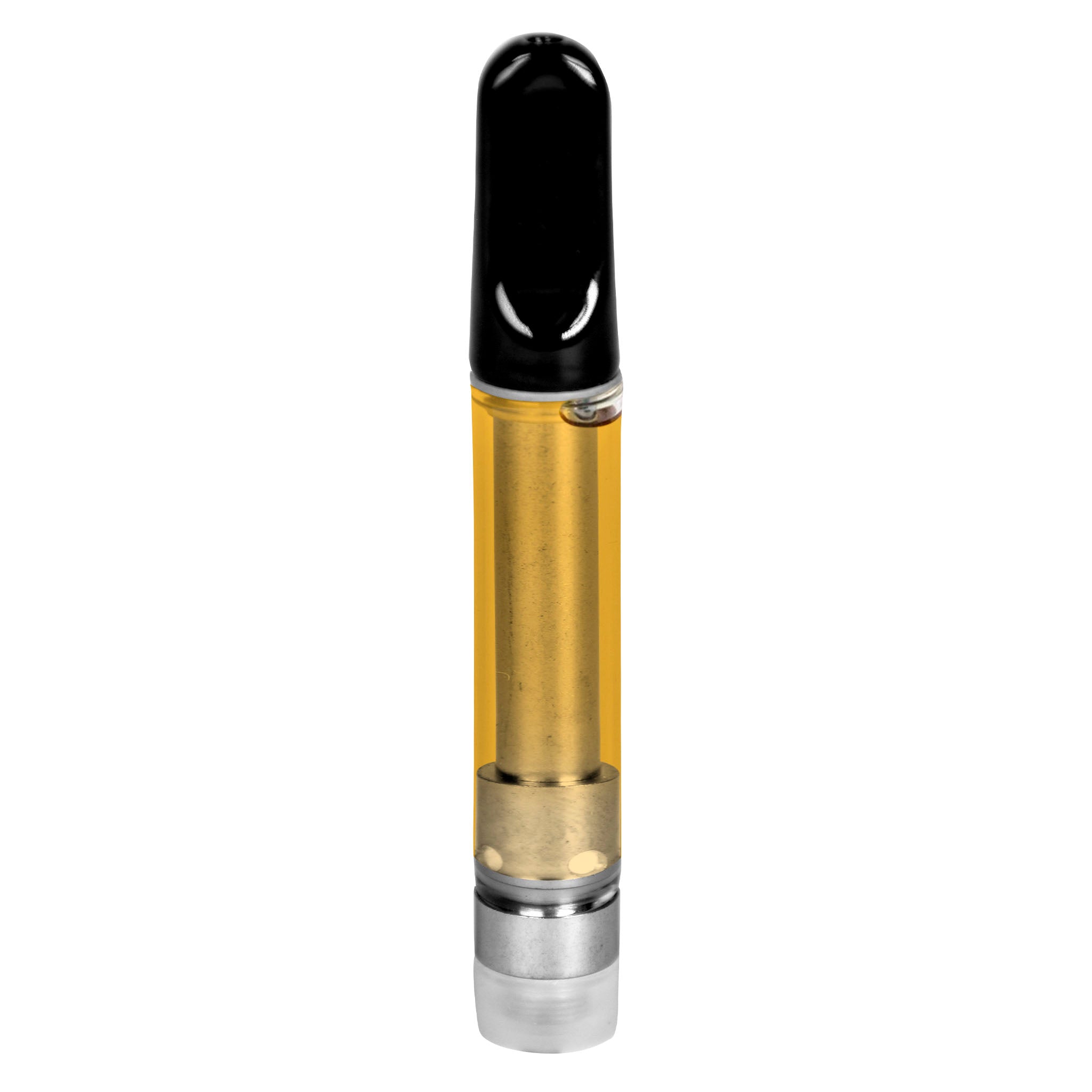As the E-cigarettes are available in ready to use form, they usually come along with cartomizers. A cartomizer is a heating device that you can attach to your e-cigarettes (you can also use any other heating device compatible with your e-cigarettes).
But some e-smokers are looking for more than what’s offered in the starter kits. They want to explore different flavors of e-juices and upgrade their vaping experience by switching to mods or eGos.
In that case, you will need to switch to different types of heating devices such as tankomizer, clearomizer, or a separate cartridge and atomizer.
All these heating devices have a specific resistance measured in ohms—the lower the resistance, the higher the amount of heat generated by the device.
Today we’ll explore what resistance is (in detail) and why it is crucial. Let’s start
What Is Resistance?
Resistance is the amount of heat produced by your coil. You end up with a resistance value, measured in ohms (Ω) when you combine the resistance of your clearomizer, cartomizer, or atomizer with the battery voltage. An example is our vape cartridges which have a resistance of 1.2 - 1.4ohms.
In other words…
Resistance is exactly what it sounds like it is: friction.
It’s the amount of opposition to an electrical current that’s being produced by a coil in your clearomizer, cartomizer, or atomizer. The amount of resistance determines how much heat will be produced by your e-cig battery.
Most batteries have a characteristic known as “voltage.” Think of voltage like the strength of a battery—the higher the voltage, the stronger it is, and the more heat it can produce.
Now let’s talk about what can happen if you use a resistance that’s greater than the value that your device manufacturer or e-liquid supplier recommends. If that happens, you’ll end up producing less vapor and more heat on each hit because there isn’t enough power available for both functions at once (there’s only so much juice in that battery).
On the other hand, devices with lesser resistances can produce a burnt taste, a more substantial throat hit, or thicker vapor.
Hence, it’s essential to balance your clearomizer’s resistance with the battery voltage to get the ideal amount of vapor and have an enjoyable experience.
Why Do I Care About Resistance?
If you’re a serious vaper, you probably want the most satisfying flavor experience possible. Whether your vape juice is mango or cinnamon flavored, you want to taste it.
Talking about the resistance of your vape’s heating element might sound confusing, but it’s imperative!
The resistance is what determines whether or not you’re going to get a good flavor out of your vape, as well as how much throat hit you’ll feel. But that’s not all—what’s even more important is that the resistance determines how much power will be drawn from the battery. And if your resistance isn’t set right, well, then you might not get the better taste as much as you could enjoy with the RIGHT resistance.
Resistance plays a vital role in how effectively your vape device works. It’s like the middleman between the power of your battery and the atomizer. If it’s too high or too low, you might experience a compromised flavor, and a throat hit.
Even worse? You could end up damaging the battery by burning out the clearomizer.
What About the Wick?
It seems like a simple question with a simple answer, but the wick of your vape is a bit more complicated than you might think!
The wick is the part of your vape that absorbs the e-liquid and vaporizes it. It’s made out of cotton, silica, or ceramic, depending on what kind of coil you’re using. If you have a sub-ohm tank, low resistance coils tend to stay wet all the time (which means they don’t need to be primed). If you’re consuming e-liquid with a higher percentage of VG (vegetable glycerin), they tend to wick slower because they are thicker.
But if your wick stays dry too long and overheats, you can get a permanently burnt taste out of your vape, which might force you to replace it entirely. So make sure your wick is wet as often as possible!
Variable Voltage Vaporizers
If you’re looking for a way to control your vaping experience, a variable voltage vape pen is an excellent option.
You can experiment with voltages of different levels to find what works best for you, but it’s always best to start low. If you’re trying to prevent atomizer damage, make your device setting adjustments in small increments.
Vaporizers with variable voltage allow you to select the voltage level you want your vape’s battery to operate. It means that you can get a consistent vapor volume regardless of the remaining power. For instance, using a 4.5- to the 5.0-volt battery with a 1.5ohm dual coil cartomizer will give you a more substantial hit and more vapor than using a 3.7-volt battery with the same cartomizer.
The greater heat will create a more pronounced flavor at higher voltages. But, be careful! Too much voltage can cause dry hits, so experiment and see what works for you!
Last Words:
Hopefully, you know that resistance is vital for a great vaping experience. If your vaporizer or atomizer is not compatible with high resistance coils, you will have problems with your flavor and vapor output. It would be best if you cared about your wick and how the resistance of your vaporizer affects the vapor output.
If your inhalation method is too loose or too tight, you won’t get good vapor production. To avoid this, find the best resistance for your vaping style. Enjoy!


























